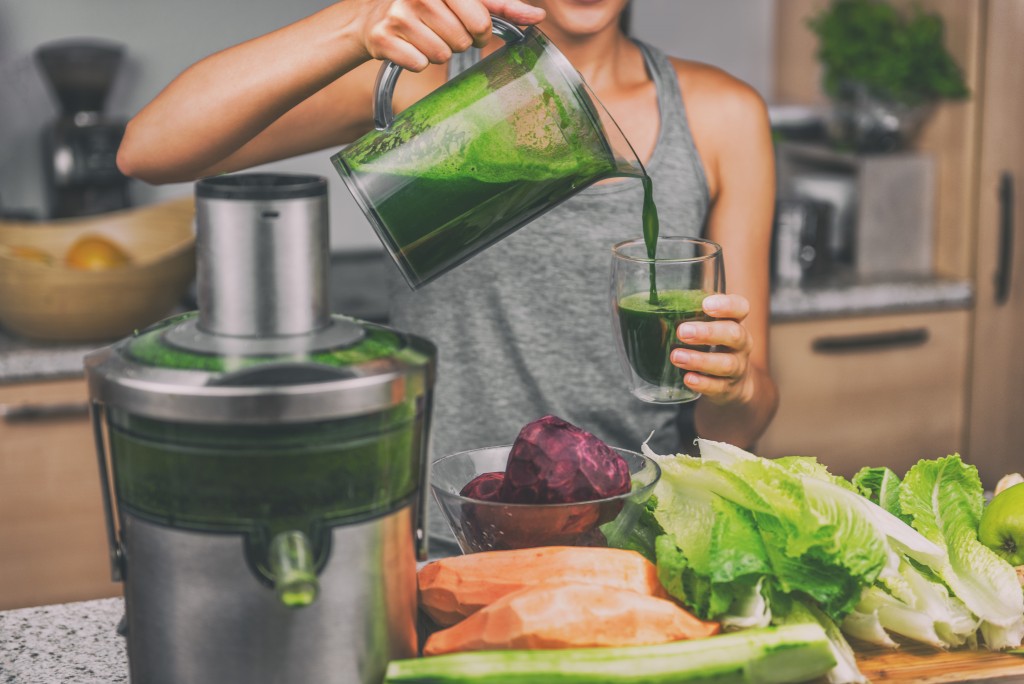Disclaimer: Gabrielle's. This site provides fashion and lifestyle content for informational purposes only.
We all know that fruits and vegetables are good for our body. It is a fact our parents have repeatedly been saying since we were children. The question now is not on whether you should consume fruits and vegetables, but in what way you can maximise your absorption of their nutrients.
Central to that debate is juicing and blending. Should you mix your fruits and veggies or squeeze them to make juice? Which one is better?
Definitions
Originally, juicing meant to extract juice from fruits and vegetables. Today, however, juicing may mean getting into the juice habit or diet. A juicer does not refer only to the equipment that extracts juice but also the person who consumes juice regularly as part of their diet.
Blending, on the other hand, means to mix or combine fruits or vegetables, or their parts, with each other or with other components, such as liquids. The resulting blend is called a smoothie.
To Juice or Blend?
Some people believe that drinking juice is better than a smoothie because it enables your body to absorb nutrients faster and better. Others believe that smoothies help you lose weight because they contain fibre and phytonutrients that aid in digestion, making you feel full and lessening your tendency to eat more.
Both help remove toxins, cleanse the body, boost the immune system and – most importantly – provide a yummier way of consuming fruits and vegetables than just munching on them. Increased health awareness has placed both food items on the spotlight, creating a following over the years.
Getting into the Juice and Smoothie Craze
According to research published in Ibisworld.com, the US’ smoothies bar and juice industry earned $2 billion in annual revenue in 2018, increasing by 1.4% every year since 2013. Industry analysts expect the increase to become 1.6% annually from 2018 onwards because of the anticipated rise in per capita disposable income and consumer spending. Finding a juice or smoothie shop isn’t difficult; they’re all over.
But if you want to have more control over your choice of fruits and veggies to include in your juice or smoothie, you can make your own. Here’s what you need to know about the appliances to use:

About Juicing
You can use two popular juicers: the cold-press and centrifugal juicer. The cold-press juicer crushes the fruits and vegetables slowly to ensure as much juice squeezed as possible. If your fruit has juicy but unedible parts, this type of squeezer will work.
The centrifugal juicer grinds the veggies and fruits in a spinning movement, allowing the juice to come out as it grinds. For fruits and vegetables with edible outer skins, it may be more efficient.
About Blending
There are various blenders on the market for food preparation, but for making smoothies, you may use a single-serve, full-size, chef/special, or commercial/smoothie blenders. They differ in size, capacity, features and application.
- Single-serve blender – cups are as small as 10oz, single push-to-blend button, easy to use and clean, space-saving, can make sauces, frappes and smoothies
- Full-size blender – large cups, knobs or buttons with different levels, can handle most kitchen blending needs, not that easy to clean, needs time setting up, produces more than two servings of sauce, smoothie, soup or veggie drink
- Special/chef blender – large jars or cups of at least 48oz., several buttons with different power levels and blending modes, time-consuming to clean, self-clean models are available, can crush blocks of ice or large amounts of fruits, vegetables and other ingredients, ideal for commercial kitchens
- Commercial heavy-duty blender – has the largest capacity and highest quality, with jars of not less than 64oz., very durable motors, can be used up to 200 times per day, has buttons and knobs with 2-3 power levels and multiple blending modes, easy to clean, has self-cleaning models, can chop or grind frozen fruits and veggies, ideal for ice cream shops, bars, smoothie stalls and restaurants
Whether you prefer juicing or blending to get your daily dose of fruits and vegetables in a form you will enjoy, including them in your diet will help in maintaining a healthy lifestyle. None of the two is better than the other. Just make sure you don’t forget to consume additional food groups that are also essential to the body.
